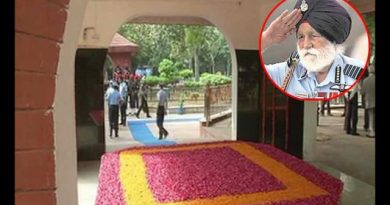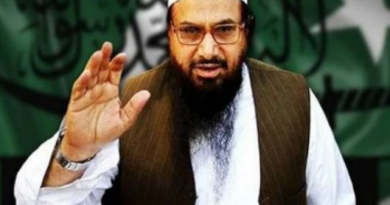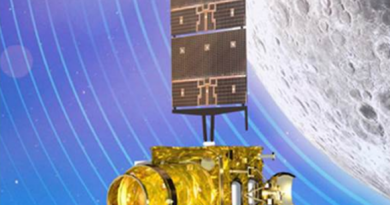Journey of Narendra Modi as a Prime Minister
Narendra Modi as a Prime Minister
Narendra Modi sworn in as the Prime Minister of India on 26th may 2014 at Rashtrapati Bhawan. He became the second Prime Minister to have the immense love and support from Indian voters after Pandit Nehru. Narendra Modi as a prime minister brought the policies like Foreign Direct Investment, Make In India, Swachh Bharat Abhiyan, Sarv Shiksha Abhiyan, and a plan to make 100 smart cities. He has become the third most followed leader worldwide after Barack Obama and Donald Trump. India has jumped up to the 100th rank in the 2018 Ease of Doing Business ranking by World Bank, during Modi’s tenure.
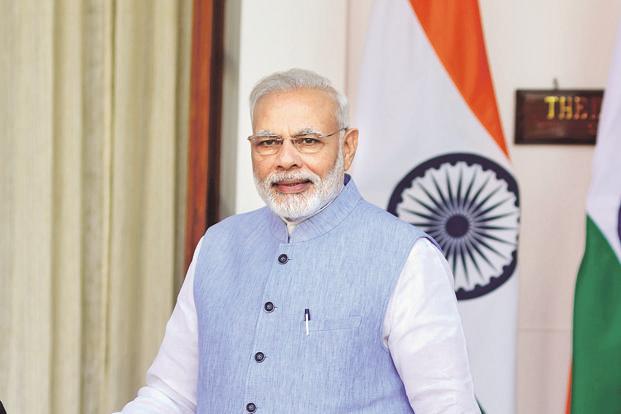
His government focused on privatization and liberalization of the economy. To allow foreign investment in bulk, he brought the Foreign Direct Investment (FDI) Policy. He made other reforms also such as removing many of the country’s labor regulations to make it harder for workers to form unions and easier for employers to hire and fire them. Such efforts were appreciated by institutions like world bank and criticized by Indian scholars.
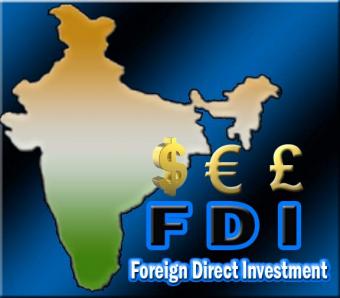
The funds’ allocation to poverty reduction programmes, social welfare programmes, the education sector and health sector were greatly decreased by the Modi administration. His government also lowered corporate taxes, abolished the wealth tax, and reduced customs duties on gold, jewelry, and increased sales taxes. His administration has been deregulating diesel and petrol prices since the beginning of his premiership.
In September 2014, Modi’s government introduced the “Make in India” initiative to encourage foreign companies to manufacture products in India, with the goal of turning the country into a global manufacturing hub. He passed a land-reform bill which allowed it to acquire private agricultural lands without the consent of the farmers. This bill also gave them permission to acquire lands without conducting a social impact assessment.
Modi’s government brought the biggest tax reform in the country since independence, that is Goods And Services Tax (GST). It incorporated nearly 17 taxes. It became effective from 1 July 2017. On 25 June 2015, he also launched a programme of developing 100 Smart Cities. This programme is expected to bring Information Technology companies a profit of ₹20 billion (US$290 million).
In June 2015, Modi launched the “Housing for All By 2022” project intending to eliminate slums in India. About 20 million affordable homes are going to be built for India’s urban poor.
Modi set up a team to investigate black money. On 9 November 2016, his government came with a new concept of demonetizing ₹500 and ₹1000 banknotes, in order to curb corruption, black money, the use of counterfeit currency, and terrorism.[ This move led to widespread protests throughout the country. After the demonetization, there has been a steep increase in digital payments and transactions in India. The quantum of income tax returns filed for individuals jumped by 25%.
Modi introduced a New Health Policy (NHP) in January 2015, which did not increase the spending of health sector but emphasized the role of private healthcare organizations instead. Stricter packaging laws for tobacco which requires 85% of the packet size to be covered by pictorial warnings was also introduced by him instead of banning. Because this industry brings a huge amount of revenue to the country.
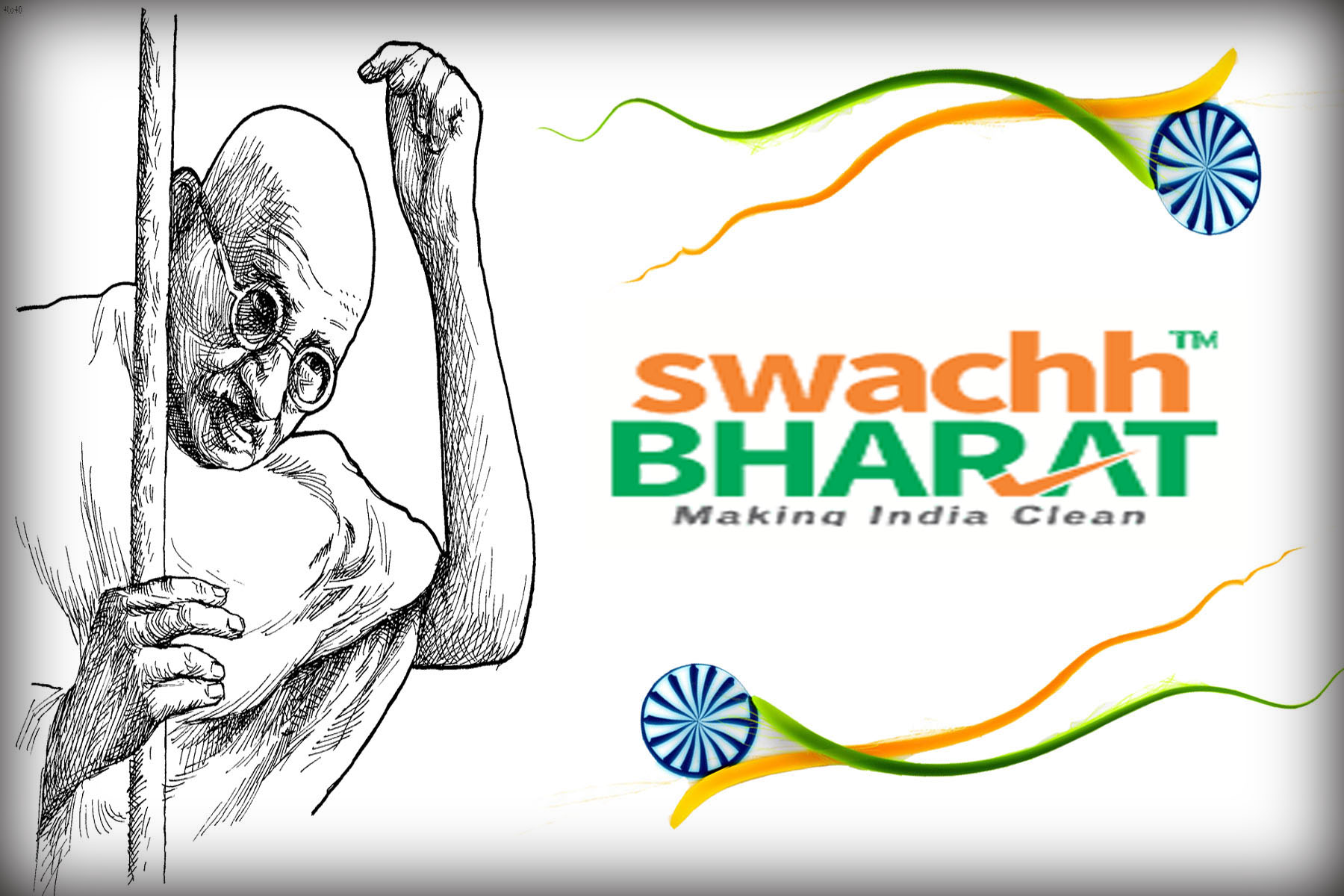
On 2 October 2014, Modi launched the Swachh Bharat Abhiyan campaign as a means of ensuring good health. Its goal is eliminating open defecation and manual scavenging. The Indian government announced the construction of 60 millions of toilets in rural areas by 2019 and encouraging people to use them. The government has been planning to build new sewage treatment plants.
Since the beginning of Modi’s tenure, he has been continuously going on foreign trips to make India’s ties with its neighbors as well as other continents stronger. He also invited all the leaders of SAARC countries to his swearing-in ceremony as prime minister.
The government also tried to improve relations with Islamic nations in the Middle East. He added five bilateral strategic partnerships to the 25. Modi’s administration gave renewed attention to India’s “Look East Policy” by ratifying a land exchange deal with Bangladesh in 2015 and renaming it “Act East Policy”. The government signed agreements to improve land connectivity with Myanmar, through the state of Manipur.
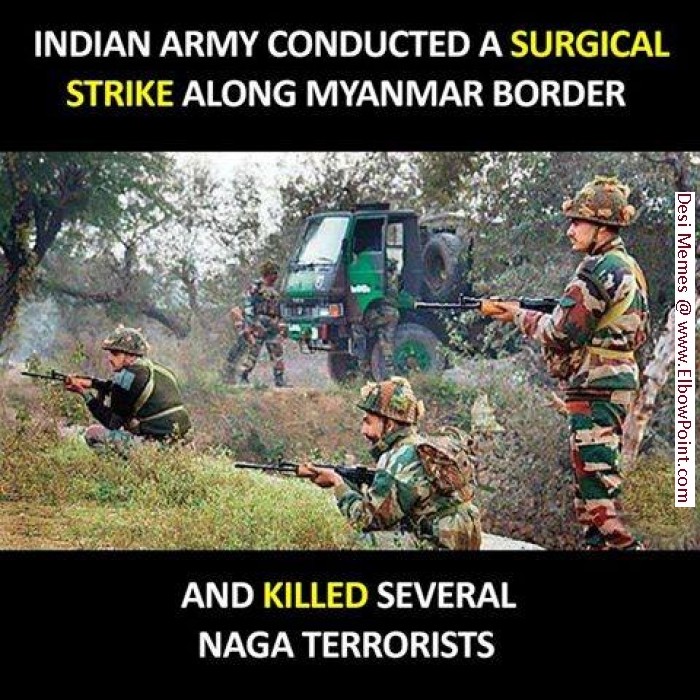
Source :- http://www.elbowpoint.com/gag/21562/another-surgical-strike-by-indian-army.html
Spending on the military budget has been increased in his premiership. His administration negotiated a peace agreement with the largest faction of the National Socialist Council of Nagaland (NSCM). He also permitted the Indian Army to conduct a Surgical Strike in Pakistan, which was admired by the whole country. This was to send a message to neighboring countries that they should not underestimate India’s strength.
Modi’s government made the Planning Commission obsolete and replaced it with the National Institution for Transforming India, or NITI Aayog. The Planning Commission was slowing economic growth. Narendra Modi as a prime minister started a monthly radio programme titled “Mann Ki Baat“. Modi also launched the Digital India programme, which has the goal of ensuring that government services are available electronically, building infrastructure to provide high-speed Internet access to rural areas, and increasing manufacturing of electronic goods in the country, and promoting digital literacy.

